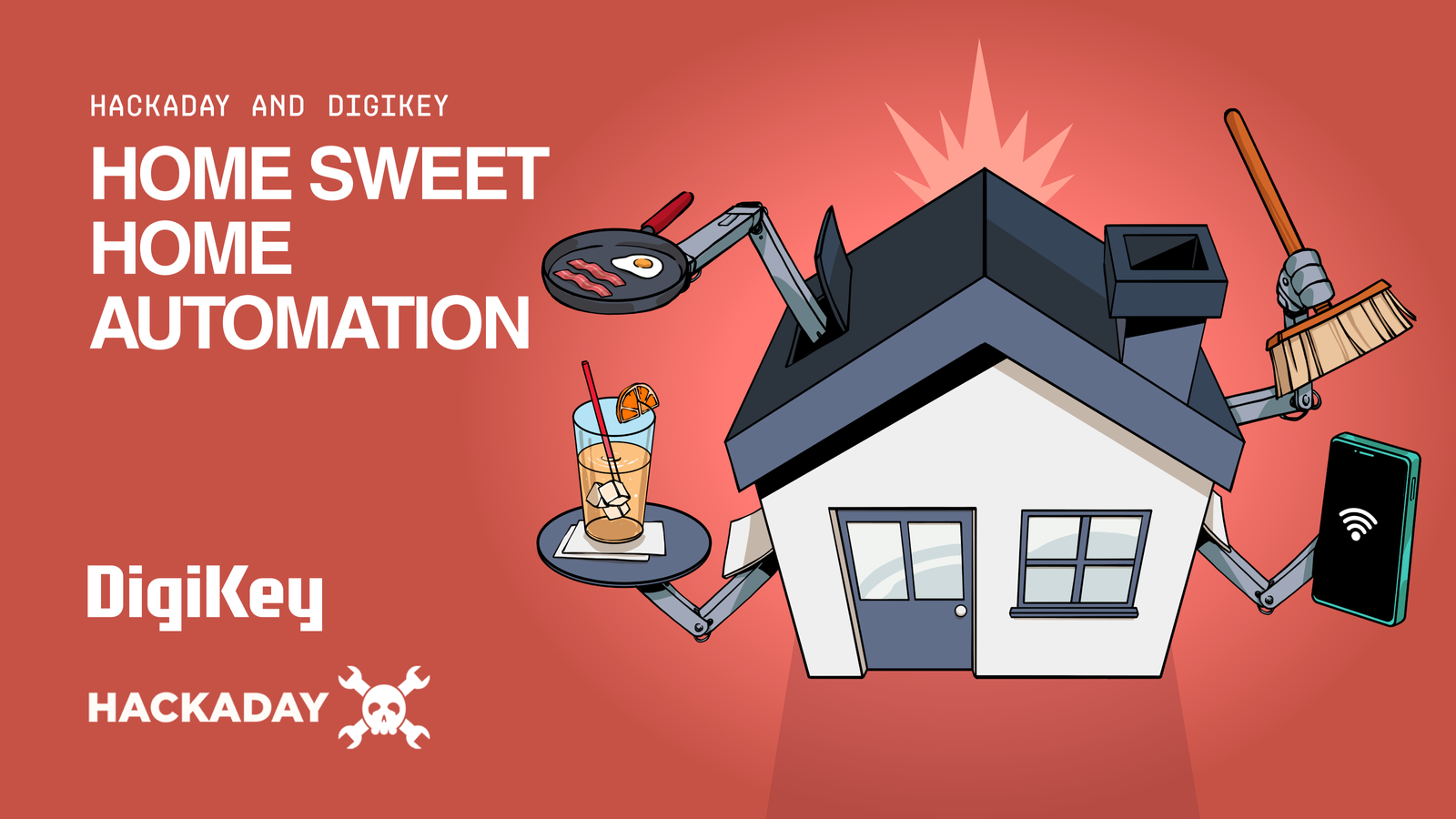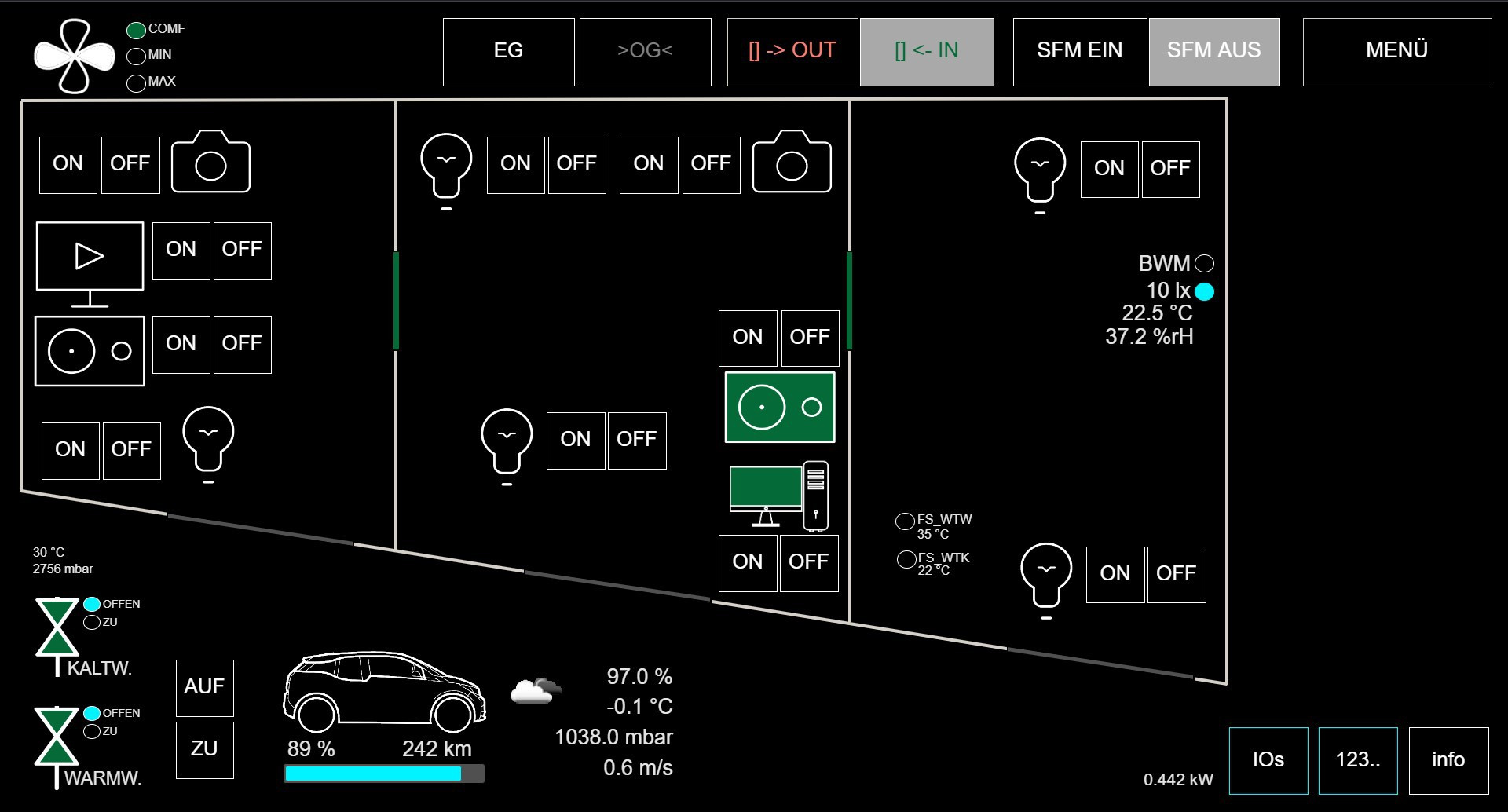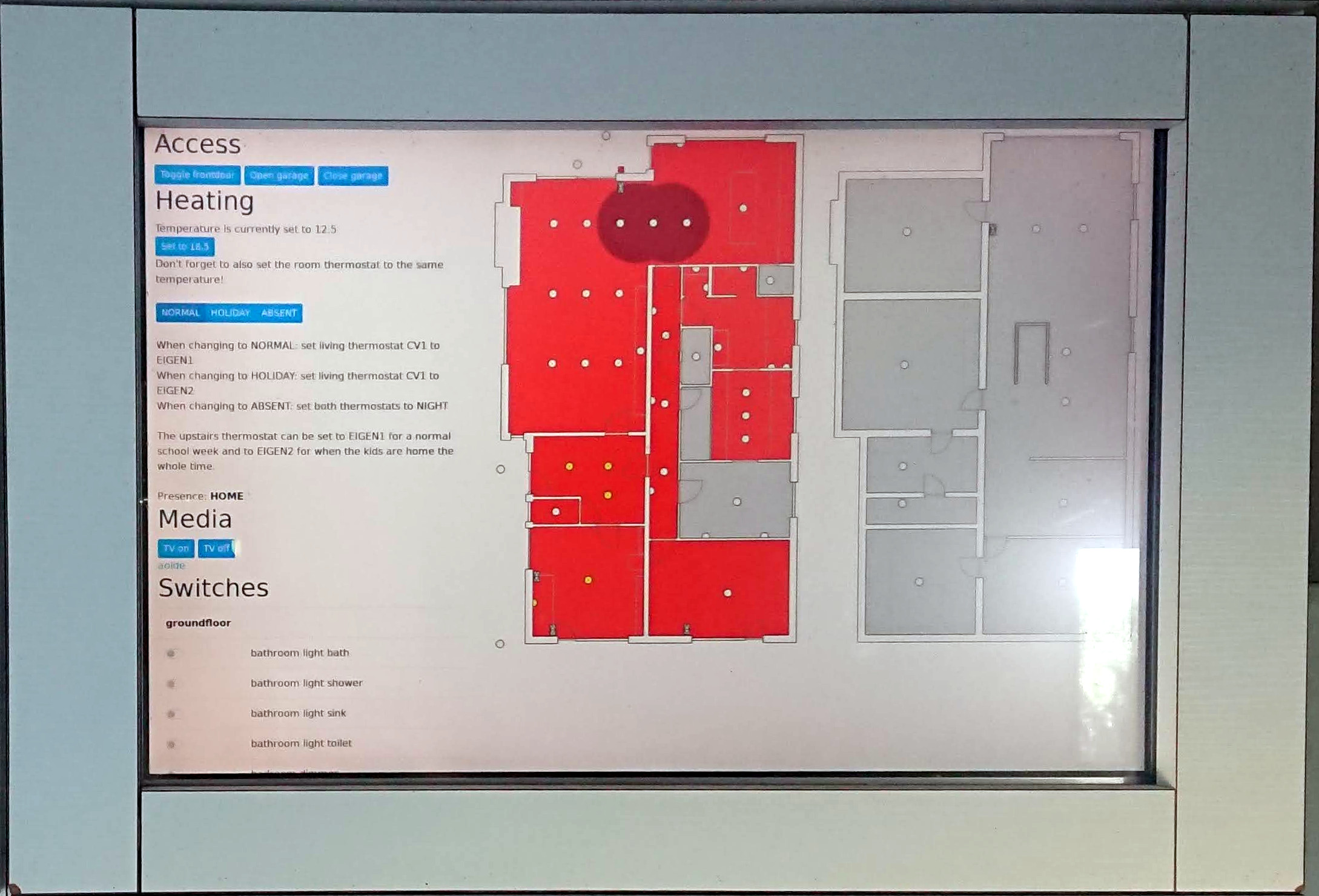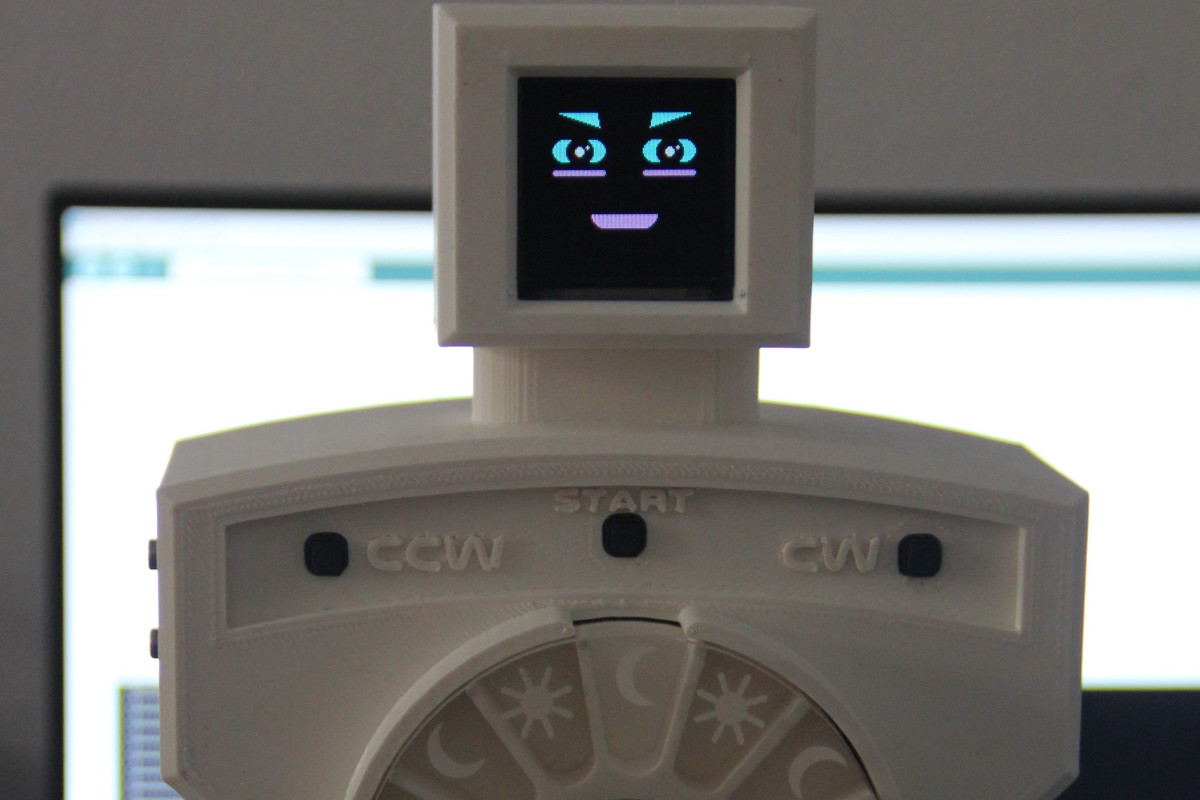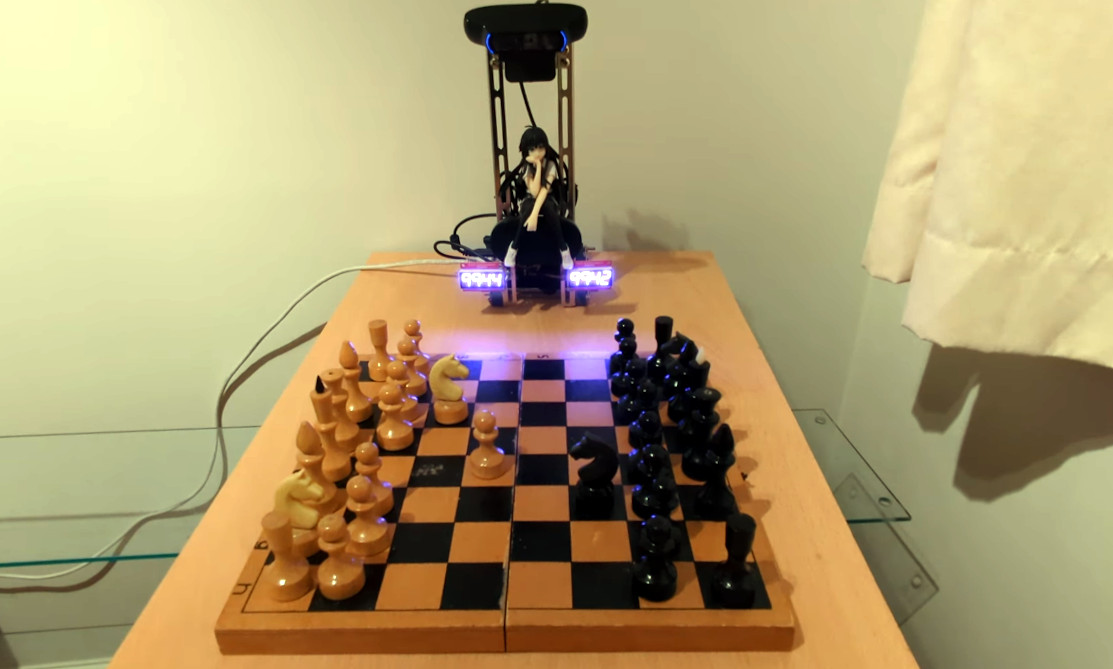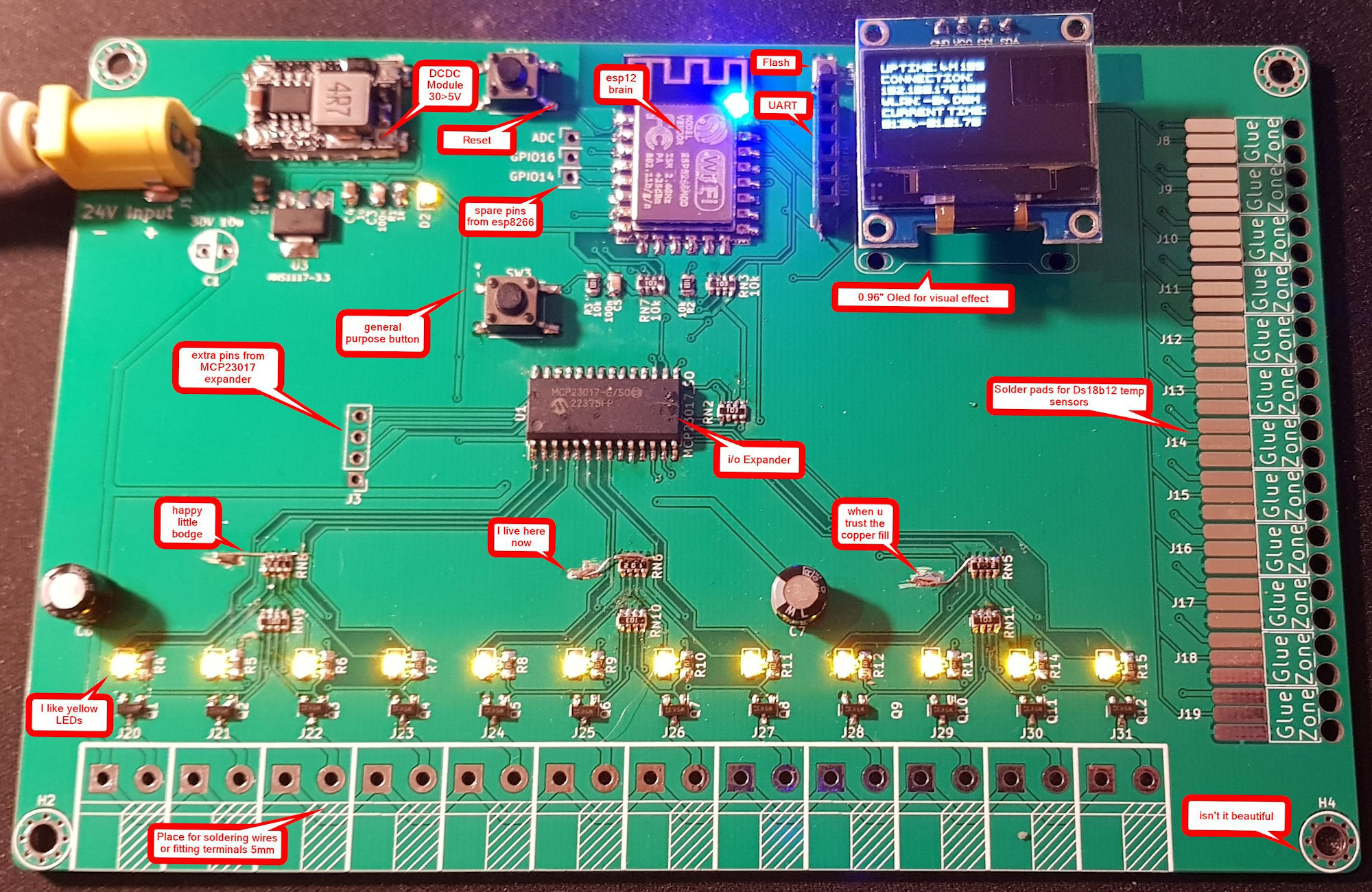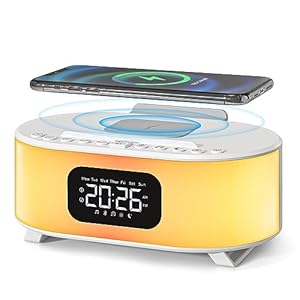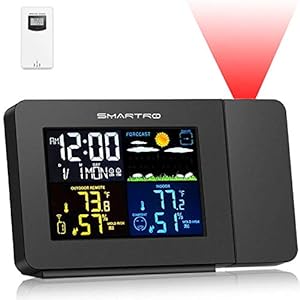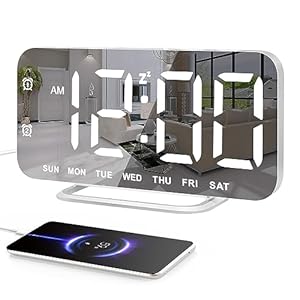House automation is large proper now in client electronics, however regardless of the broad availability of merchandise available on the market, hackers and makers are nonetheless spinning up their very own options. It might be as a result of their conditions are distinctive sufficient that business choices wouldn’t minimize it, or maybe they understand how cheaply many automation duties will be carried out with at present’s microcontrollers. Nonetheless others go the DIY route as a result of they’re fearful concerning the privateness implications of pushing such a system into the cloud.
Seeing what number of of you have been on the market brewing bespoke automation setups gave us the concept for this yr’s Home Sweet Home Automation contest, which simply wrapped up final week. We acquired greater than 80 entries for this one, and the competitors was fierce. Judging these contests is all the time exceptionally troublesome, as practically each entry is a standout accomplishment in its personal method.
However the judges cast forward valiantly, and we now have the highest three initiatives which will likely be receiving $150 in retailer credit score from the oldsters at DigiKey.
First: SCADA Sensible House
The judges finally gave the highest spot to this automation project from [stefan.schnitzer], which stands out by being designed across the Supervisory Management and Knowledge Acquisition (SCADA) idea that’s mostly used to manage industrial processes. This multi-level hierarchy separates the bottom stage “discipline gadgets” equivalent to environmental sensors and stepper motors for working valves from the higher stage supervisory gadgets, which on this case are Raspberry Pis which host a visually hanging HTML consumer interface that may be accessed from tablets or smartphones.
The documentation for this construct goes again a number of years, and it’s fascinating to learn by way of how totally different gadgets have been introduced onto the system. The interoperability with OctoPrint, permitting the house automation show to point out variables equivalent to extruder temperature and time remaining, was a very good contact.
Second: 15 Years Of Automation
In an extraordinarily shut second is the awe inspiring automation system constructed up by [Bernard Kerckenaere] over the last 15 years. Whereas the venture wasn’t documented in real-time (to be truthful, Hackaday.io didn’t exist in 2009), [Bernard] does a powerful job of explaining the origins of his system and bringing us on top of things on how issues have been constructed out over time.
All of it begins with two kilometers of CAT6 being pulled all through the home, with a complete of 164 particular person runs. Simply 22 of these are used for TCP/IP networking, the remaining 122 are used to hold energy and information to sensors and gadgets all around the home utilizing RS-485. Every 24-port patch panel comprises 4 Arduinos in customized PCBs to behave as intermediates between all the downstream gadgets and the Raspberry Pi which runs the entire present.
By his closing tally, the system consists of greater than 30 particular person sensors, 8 thermostats, 29 lights, 3 dimmers, 17 wall sockets, 6 blinds, two electronically locked doorways, plus the storage door. Oh, and there’s a centralized audio system that pumps tunes from the media server out to 10 audio system by way of 5 amplifiers. [Bernard] is certainly placing each meter of that CAT6 to good use on this system.
Third: Capsule Dispenser Robotic
In comparison with the large whole-house undertakings that battled it out for the highest two spots, this cute little bot may appear a bit misplaced. However the judges have been all all blown away by the incredible documentation [M. Bindhammer] put together for this venture to assist with their remedy schedule.
Technically talking, simply the robotic’s central rotary mechanism may have gotten the job achieved. However the hope is that this extra anthropomorphic dispenser, full with an OLED show for a face and a speech synthesis module, could make a every day remedy routine a bit of extra nice. There’s a transparent utility right here for aged sufferers who could require extra frequent reminders about when and why they should take their medication.
Honorable Mentions
As normal, we had a couple of particular classes for this contest. Along with their base numerical score, the judges have been informed to maintain a watch out for initiatives they felt finest exemplified the spirit of every one.
Creature Comforts: Sensible Residence Air flow
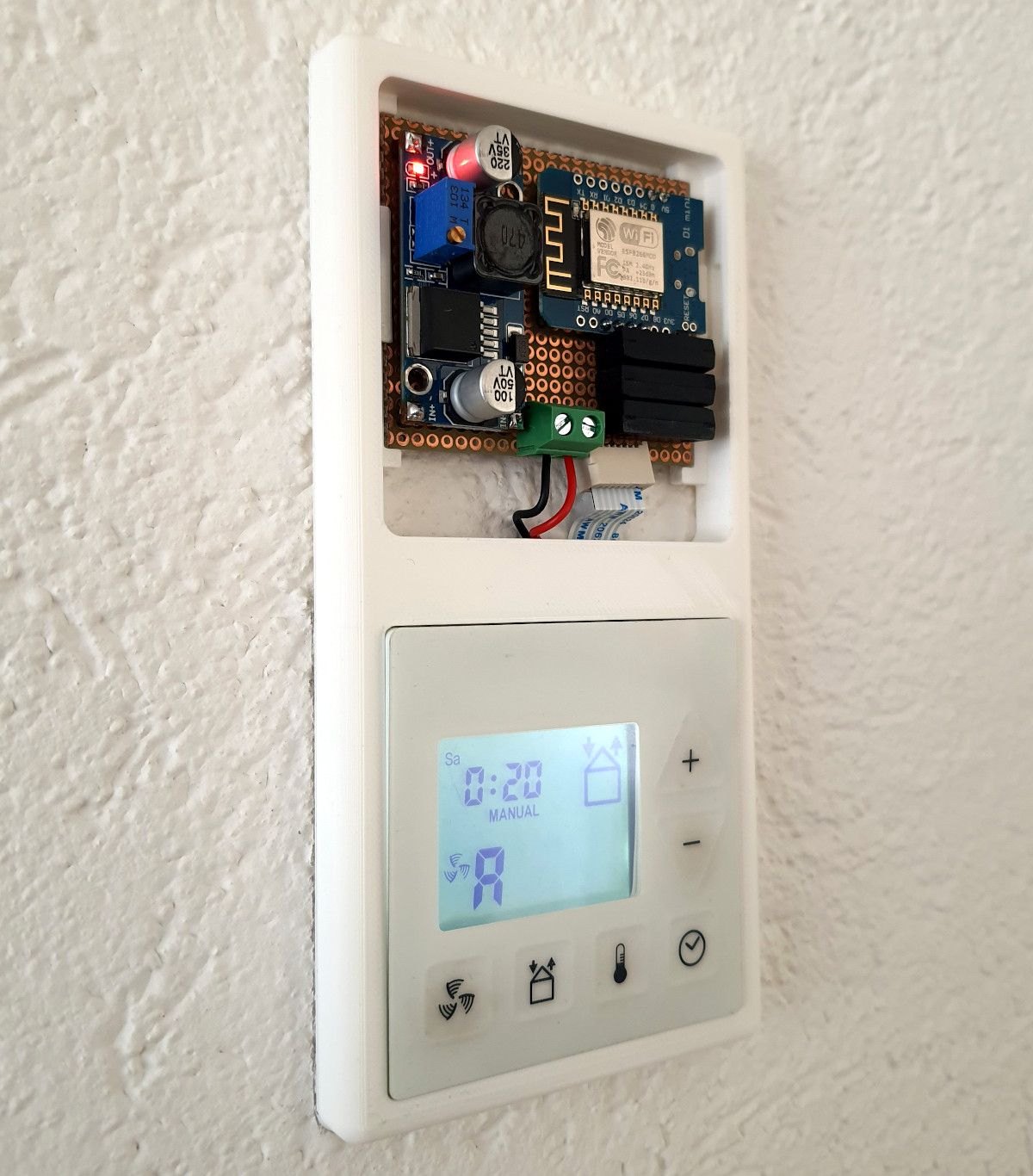
Whereas he did have the flexibility to manually management the air flow system in his condo, [Nik] wished to automate it so it will usher in contemporary air within the mornings and evenings as a mater of routine, and likewise kick on anytime the temperature began to get too excessive indoors. However being an condo, he couldn’t precisely rip out the outdated system — no matter he did needed to be detachable and make no everlasting modifications to the built-in system.
By reverse engineering the air flow controller’s entrance panel, he was capable of sneak an ESP8266 into the combination and take management of the system as if the buttons have been being pressed bodily. He was even capable of pull energy from the wall mounted panel, so there’s no addition wiring wanted. With the brand new electronics housed in a 3D printed enclosure that surrounds the unique unit, it makes for an exceptionally clear set up.
Effectivity: Water Heater Automation
Resulting from an unstable native electrical infrastructure, [Rogan Dawes] was seeking to maximize the effectiveness of his residence photo voltaic system. Noting that one of many greatest power drains was the water heater, the purpose of this venture was to automate the unit so it will modify the goal temperature of the water relying on the present energy scenario. For instance, if the grid is functioning and there’s ample energy, the water heater will likely be set to its most temperature. But when the home is operating on battery energy, the temperature will likely be lowered to preserve power.
By way of {hardware}, [Rogan] is utilizing a Sonoff THR320 to manage the resistive factor within the heater, and an ATTiny85 to learn the present temperature by way of a thermistor. The standing of the house’s electrical system was already being monitored by way of the inverter, so all that was left to do was pull the whole lot collectively inside House Assistant.
Rube Goldberg: Palms Free Chess Clock
Whereas there’s one thing to be mentioned for conserving issues easy, it’s no secret that we’re massive followers of the convoluted right here at Hackaday. If there’s a extra advanced technique to do one thing, we’re all about it. This automatic chess clock from [Mykolas Juraitis] is a very tremendous instance. Not everybody wants a CUDA-enabled chess clock operating on a NVIDIA Jetson Orin Nano, however if you happen to’re the form of one who takes their recreation severely, you’ll definitely respect its options.
The speedy single-board pc, particularly designed for machine studying functions, powers each voice and picture recognition software program. You possibly can function the clock utilizing pretty advanced voice instructions, and because of OpenCV, it’s capable of observe the method of the sport and run it by way of a chess engine to find out who’s at the moment profitable.
All The Knowledge: Cell House Energy Monitoring
With power prices on the rise, it’s changing into extra vital than ever to maintain a detailed eye on your private home’s utilization. However what if your private home isn’t tied down to at least one spot, and there’s no everlasting grid wiring to faucet into?
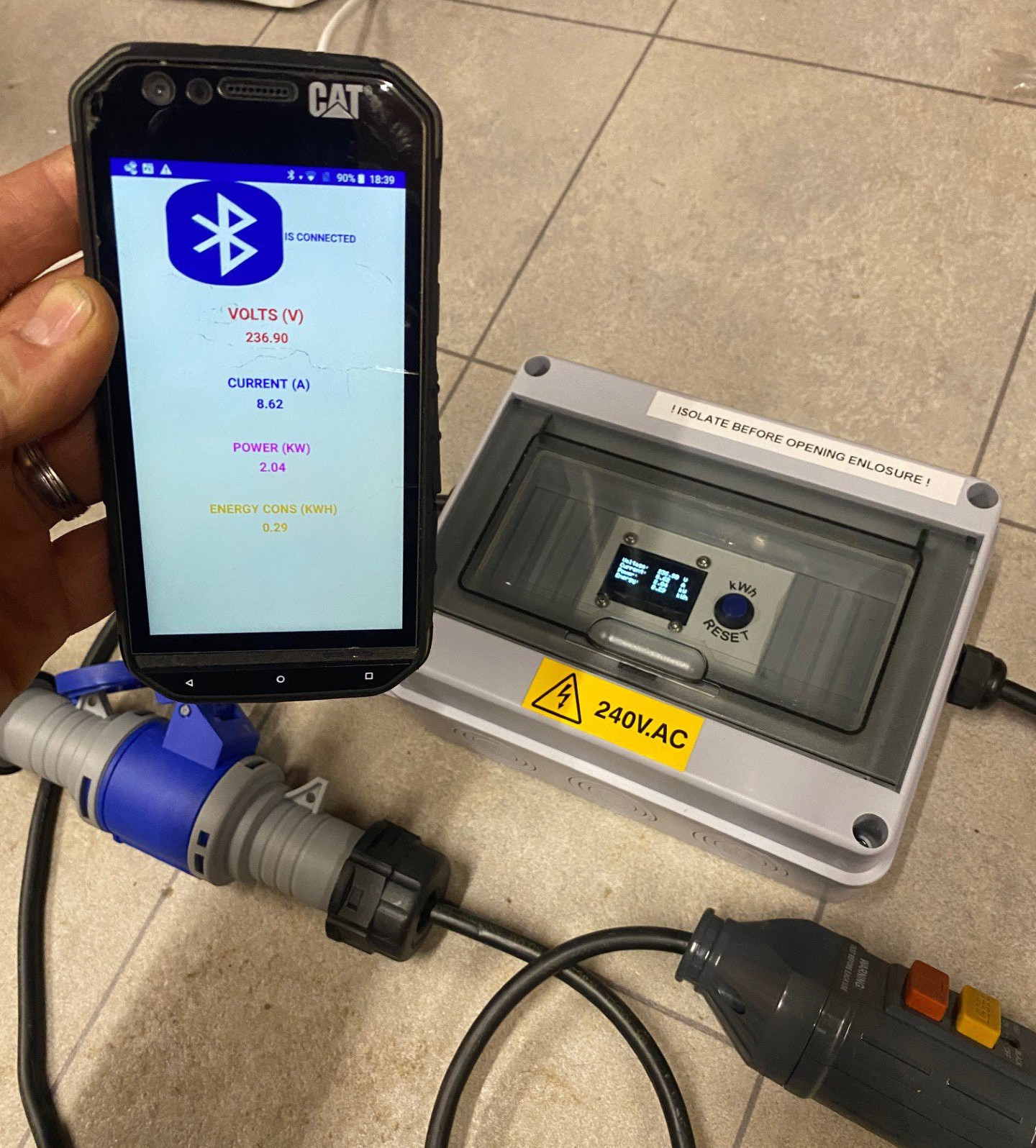
The ensuing system does the heavy lifting with an ESP32 and a PZEM-004T electrical power monitor module, with an OLED show to point out data on the entrance panel. However the actual killer function right here is the Bluetooth connection, which is tied to a smartphone utility. This lets the consumer test their present power consumption with out having to go bodily take a look at the field.
Whereas it was designed for RVs and cell houses, it’s not arduous to see how the electronics might be used to observe the power utilization again at residence. You wouldn’t technically want the heavy obligation enclosure in that case, nevertheless it does make the set up look that rather more skilled.
Retrofit: Sensible Underfloor Heating Controller
Lastly, we’ve the Smart Underfloor Heating Controller from [Red Tuka]. This impressively engineered improve provides distant management capabilities to an current heat water heating system by working the dozen valves which direct water all through the home.
That is completed with twelve MOSFETS, that are in flip related to the board’s ESP8266 by way of a MCP23017 I2C I/O expander. As well as, for every valve there’s additionally a DS18B20 temperature sensor that connects up alongside the right-hand aspect of the board. Whereas there’s loads taking place on this one PCB, [Red] did a superb job of conserving all of it orderly, and we particularly just like the standing LEDs for the valve MOSFETS.
New 12 months, New Challenges
Didn’t get time to enter this contest? Is residence automation not your factor? No worries — that is simply the primary of many contests we’ll be operating in 2024. We promise there will likely be loads of alternatives to get some free elements out of the tremendous of us at DigiKey over the yr is over.
Keep tuned to Hackaday for the announcement of our subsequent contest shortly.

